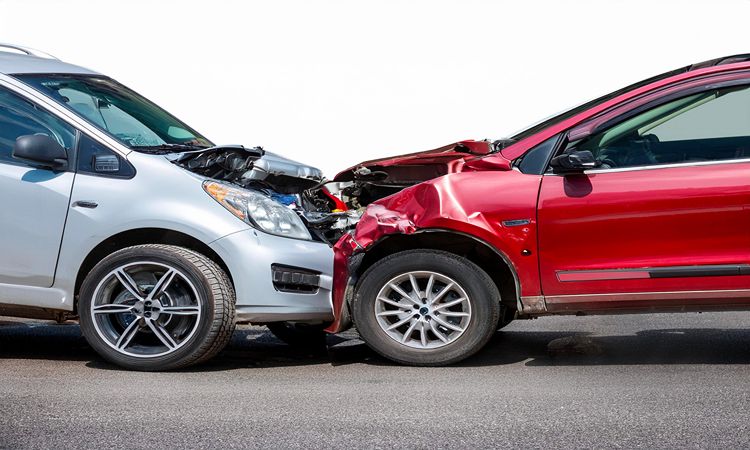If you own a car or bike, you must have heard about vehicle insurance. Vehicle insurance is essential to protect you financially in case of accidents, theft, or damage. One important type of vehicle insurance is Own Damage (OD) Insurance. In this article, we will explain what OD insurance is, why it’s important, and how it works, in simple language.

Image credit: HDFC Ergo
What is Own Damage (OD) Insurance?
Own Damage insurance is a type of vehicle insurance that covers damages to your own vehicle. This includes damages caused by accidents, natural disasters, fire, theft, or other unforeseen events.
Unlike third-party insurance, which only covers damages to someone else’s vehicle or property, OD insurance protects your own vehicle.
Example:
- You accidentally hit a pole while driving your car. OD insurance will help pay for the repair of your car.
- If your bike gets stolen, OD insurance can cover the loss.
Why is Own Damage Insurance Important?
- Financial Protection: Vehicle repairs can be expensive. OD insurance ensures you don’t have to pay the entire cost out of your pocket.
- Peace of Mind: You can drive confidently, knowing that your vehicle is protected against accidents, theft, or natural disasters.
- Required for Comprehensive Coverage: If you want complete protection for your vehicle, OD insurance is essential. Many people combine OD insurance with third-party insurance to get comprehensive vehicle insurance.
What Does OD Insurance Cover?
OD insurance covers a variety of situations, including:
- Accidents: Damage due to collision or accident.
- Natural Calamities: Damage due to floods, storms, earthquakes, or lightning.
- Fire: Damage caused by fire or explosion.
- Theft or Burglary: Loss of vehicle due to theft.
- Other Damages: Damage due to riots, vandalism, or man-made disasters.
Note: OD insurance generally does not cover personal injuries or damage to other vehicles; that is covered under third-party insurance.
How is OD Insurance Premium Calculated?
The cost of OD insurance depends on several factors:
- Vehicle’s Insured Declared Value (IDV): The current market value of your vehicle.
- Vehicle Type & Age: Older vehicles may have a lower IDV, reducing the premium.
- Location: Areas prone to accidents or natural disasters may have higher premiums.
- Add-ons: Extra coverage like zero depreciation, roadside assistance, or engine protection can increase the premium.
How to Make a Claim?
- Inform the Insurer: Call your insurance company immediately after the accident or damage.
- File a Claim: Submit a claim form along with documents like driving license, registration certificate, and FIR (if required).
- Vehicle Assessment: The insurance company will assess the damage.
- Repair and Settlement: After approval, the insurer will pay for the repairs or replace the vehicle (in case of total loss).
Add-Ons for Extra Protection
You can also enhance your OD insurance with add-ons like:
- Zero Depreciation Cover: Full claim without deducting depreciation.
- Roadside Assistance: Help in case of breakdowns or accidents.
- Engine & Gearbox Protection: Covers internal engine damage.
- Return to Invoice: Pays the full invoice value in case of total loss.
Tips for Buying OD Insurance
- Compare premiums and coverage from different insurers.
- Check what events and damages are covered.
- Consider add-ons based on your vehicle’s age and usage.
- Always renew your insurance on time to avoid penalties.
Conclusion
Own Damage insurance is a must-have for vehicle owners who want financial protection against accidents, theft, or natural calamities. While third-party insurance is legally required, OD insurance ensures your vehicle is also protected. By understanding OD insurance and choosing the right policy, you can drive safely and confidently.

Insurance Selling Handbook
A practical eBook for LIC and insurance agents — packed with real sales dialogues, objection-handling scripts, and follow-up message templates to help you close more policies.
Buy on Amazon →

